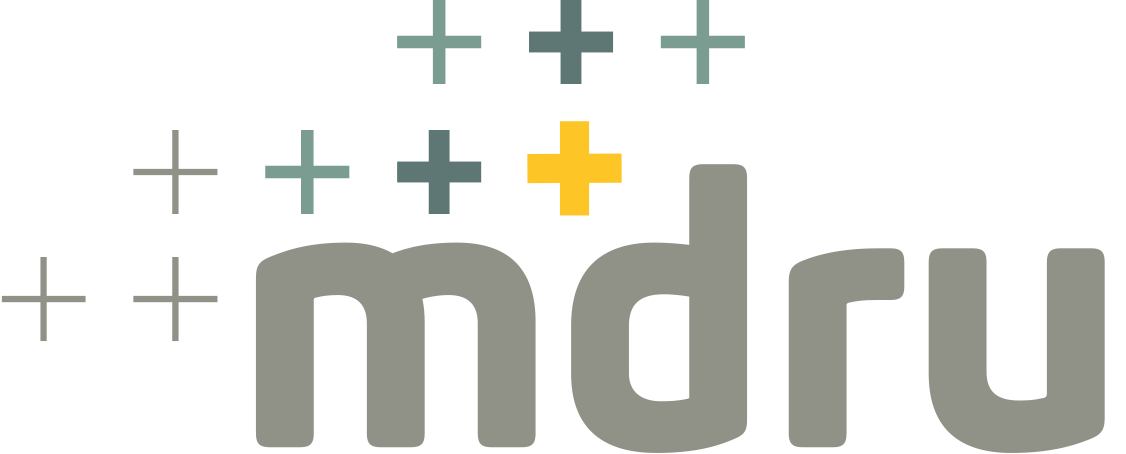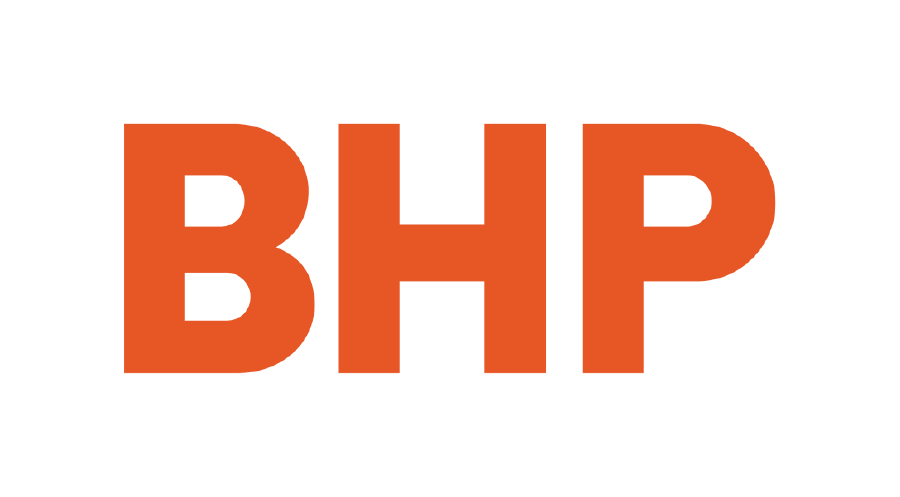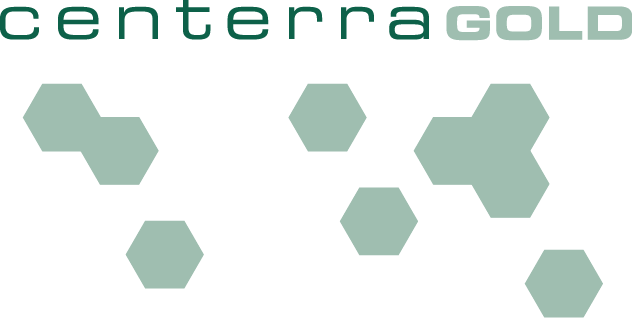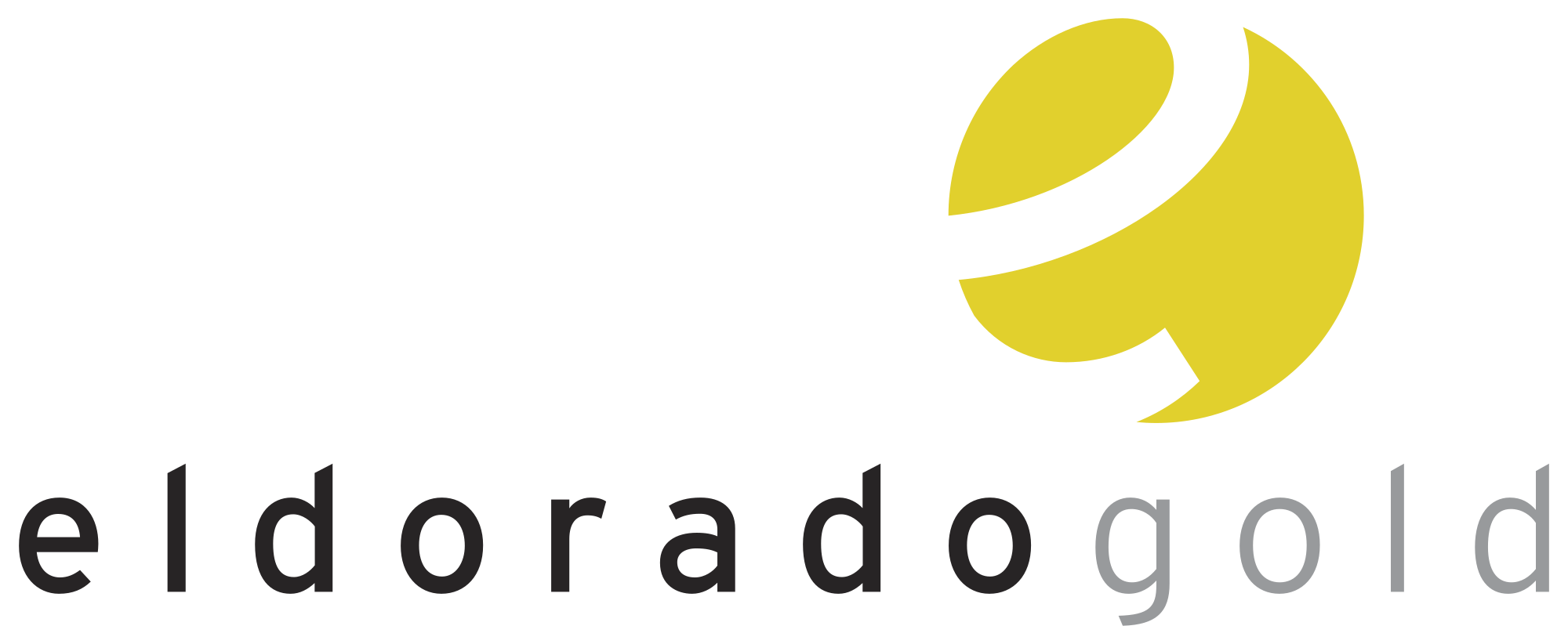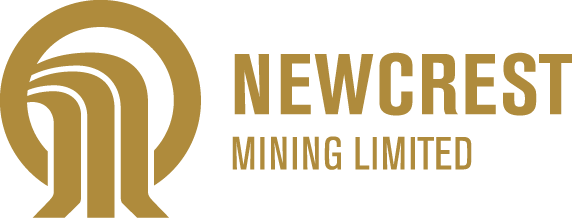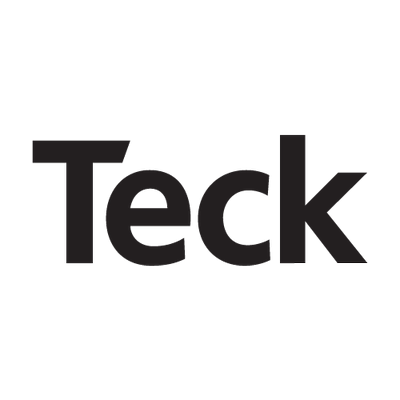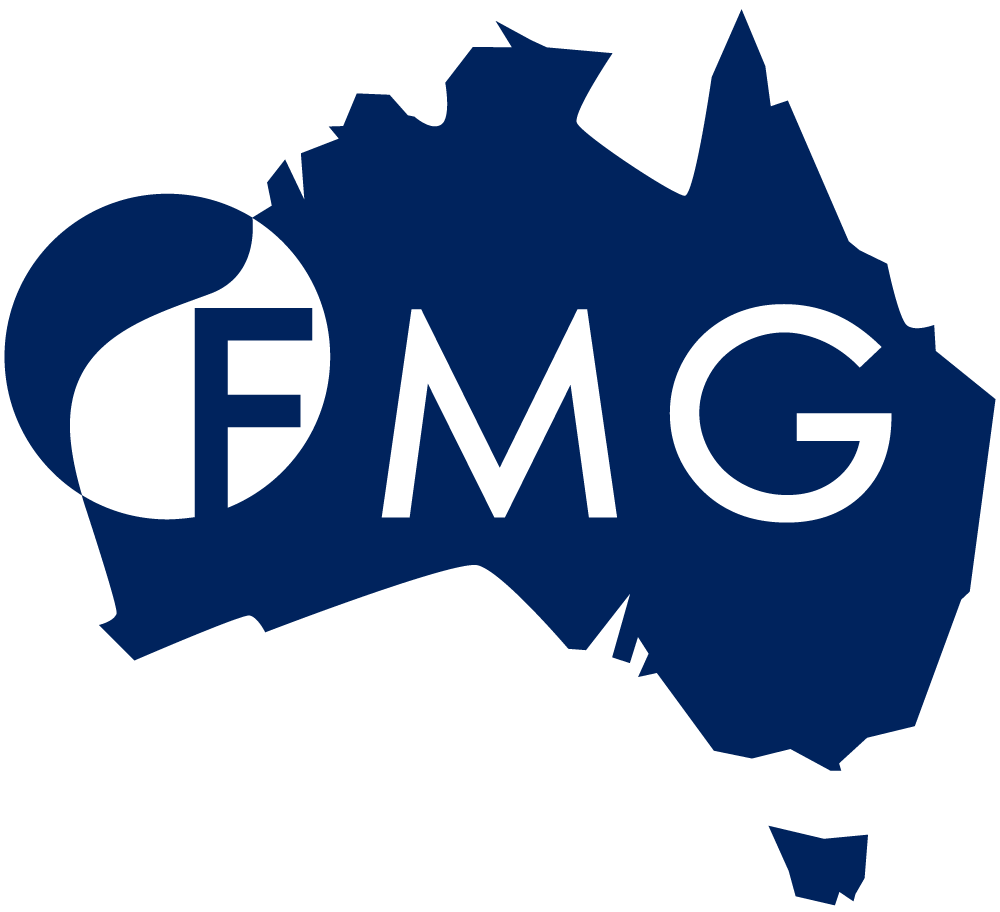Project Information
- Ore Deposit: CRD, Epithermal, Porphyry, Skarn, VMS
- Commodity: Copper, Gold, Lead, Silver, Zinc
- Research Themes: Base Metals, Copper, Gold Deposits, Regional Metallogeny
- Location: Romania, Serbia, Bulgaria, Kosovo, Macedonia, Turkey, Georgia
- Project Status: Completed
- Researchers: Alan Wainwright
- Students: Eoin Cross
- Start Date: 2017
- End Date: 2020
The second phase of the Western Tethyan Metallogeny Project is establishing a geologic and exploration framework that will improve Cu/Au/Zn discovery success rates in Eastern Europe and Western Asia. Geologic maps, geochronology/geochemistry databases and metallogenic frameworks are being delivered, directly impacting area selection. Eight major/mid-tier mining companies are benefiting from the pragmatic geoscience provided by the WT2 project in this highly-endowed, under-explored belt.
This multinational project is providing a range of new data compilations, and field, analytical, integrative, and interpretive components that are focused on regions of the Carpathians, Balkans, Anatolia and the Caucasus, with a specific focus on Serbia and Turkey. This project provides sponsoring companies with a stronger foundation to support informed exploration and acquisition decision-making to enhance their mineral exploration success. The primary goal is to continue to build, re-establish and extract knowledge from the foundational magmatic and tectonic architecture that defines the space-time framework within which base and precious metal deposits formed in the western Tethyan region.
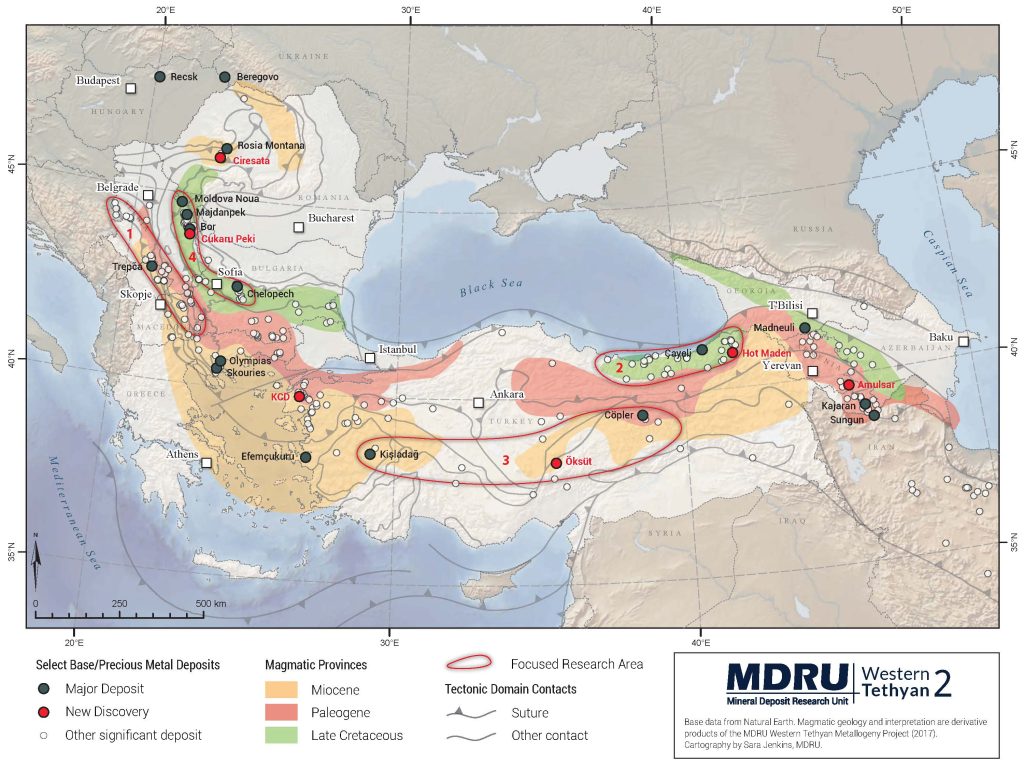
Project objectives are divided into several interlinked modules, including:
• Terrane, tectonic and structural frameworks
• Magmatic frameworks and fertility
• Provision of new geochronology data
• Expanded regional data compilation for use in exploration
• Focused regional-scale studies
• Synthesis of regional metallogeny

View of the Hod Maden Au-Cu discovery, northeast Turkey.
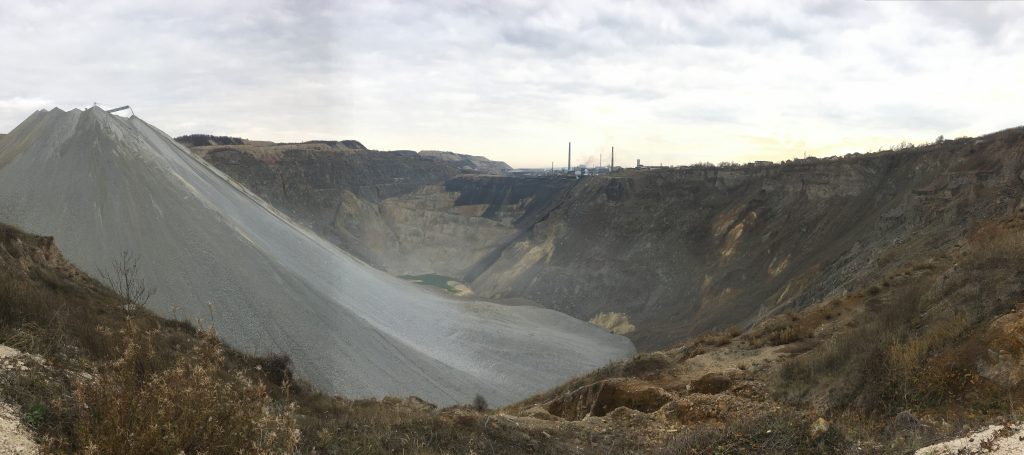
Overview of the Bor Cu-Au workings, Eastern Serbia.
![]() Major Field Modules:
Major Field Modules:
- Central Balkans: Focus on porphyry/epithermal systems, skarns and carbonate-replacement deposits within the Central Balkans Polymetallic Belt of western Serbia, Kosovo and Macedonia.
- Eastern Pontides: Project emphasizes controlling features related to the formation of porphyry/epithermal and volcanogenic massive sulfide systems within the Pontide orogenic belt of eastern Turkey and Georgia.
- Timok Magmatic Complex: Evaluation of Upper Cretaceous volcanic stratigraphy and the relationship between host rock units and the superposed Cu-Au hydrothermal systems in Eastern Serbia.
Initial map and data compilation with follow-up field work to: A) constrain the timing, locations, and geochemistry of magmatic rocks associated with ore deposits; and B) evaluate the metallogenic prospectivity of the belts for copper, zinc and gold. Tools to complete these field modules include U-Pb geochronology, lithogeochemistry, Pb-isotopic geochemistry and trace-element-in-zircon geochemistry.
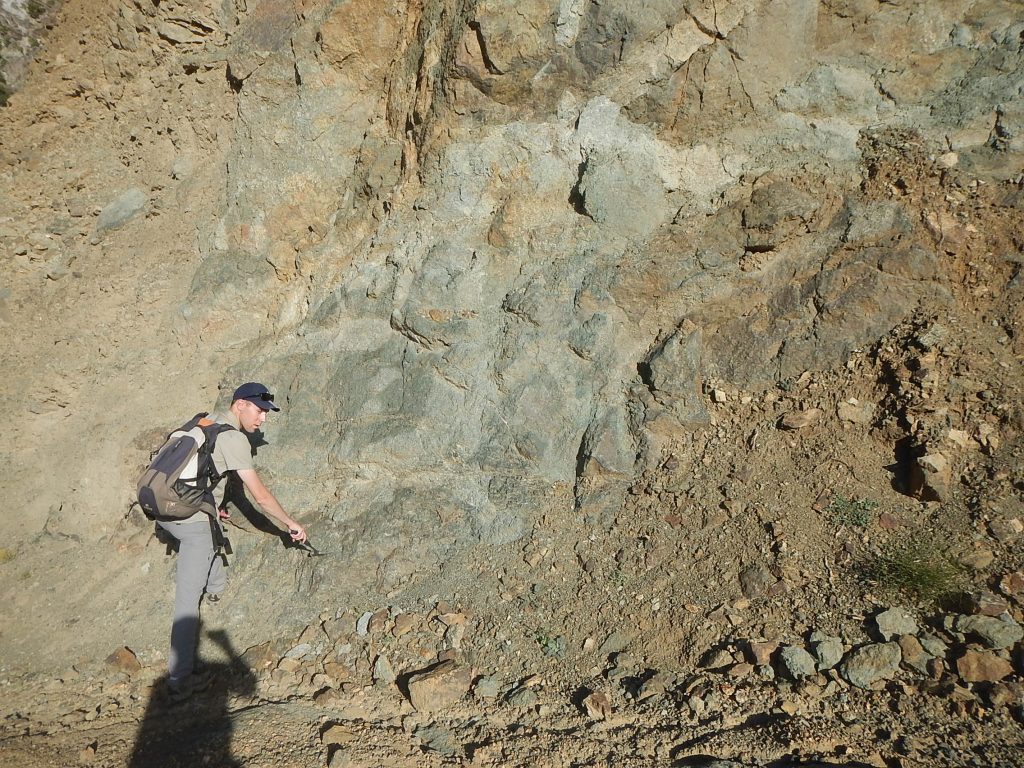
Postdoctoral Research Fellow Fabien Rabayrol conducting fieldwork in the Eastern Pontides.
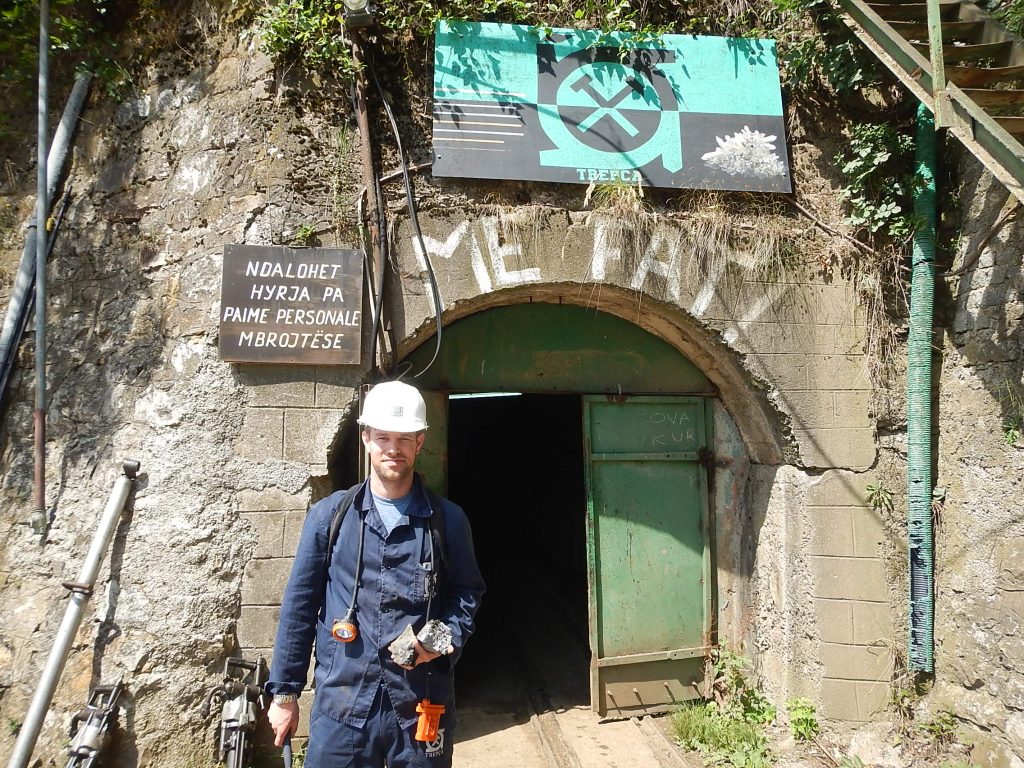
MSc Student Eoin Cross evaluating mine-series magmatic rocks in the Central Balkans.
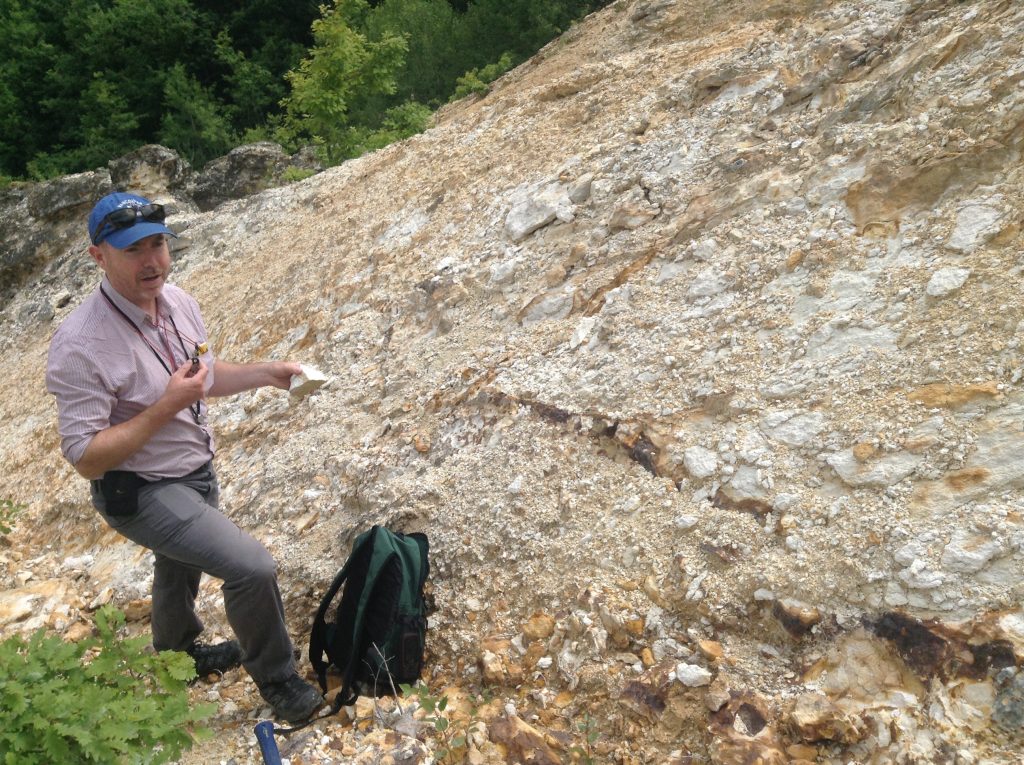
Research Associate Alan Wainwright examining alteration footprints in Eastern Kosovo.
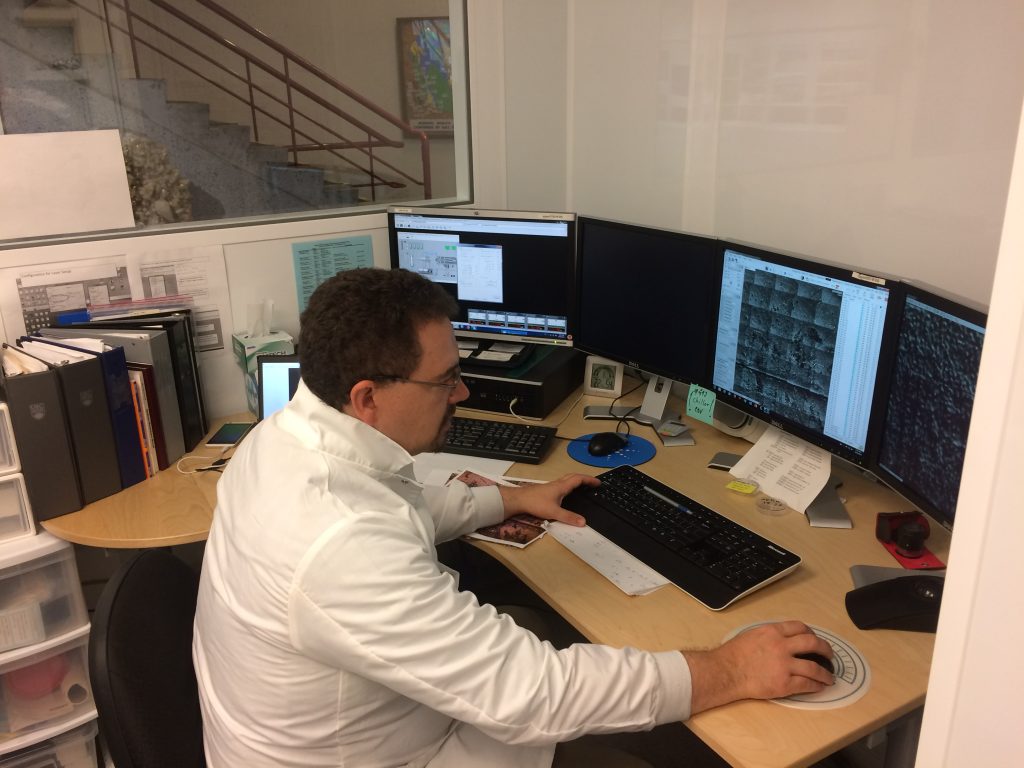
Research Associate Robert Lee determining U-Pb zircon ages and trace element chemistry by Laser Ablation ICP MS.
Field trips (sponsors-only)
We have successfully completed WT2 sponsor field trips to Bor Serbia (2017), Deva Romania (2018), and Trabzon/Artvin (2019). Technical presentations by MDRU and local experts were followed up with mine and deposit tours, showcasing the metal endowment of the region.
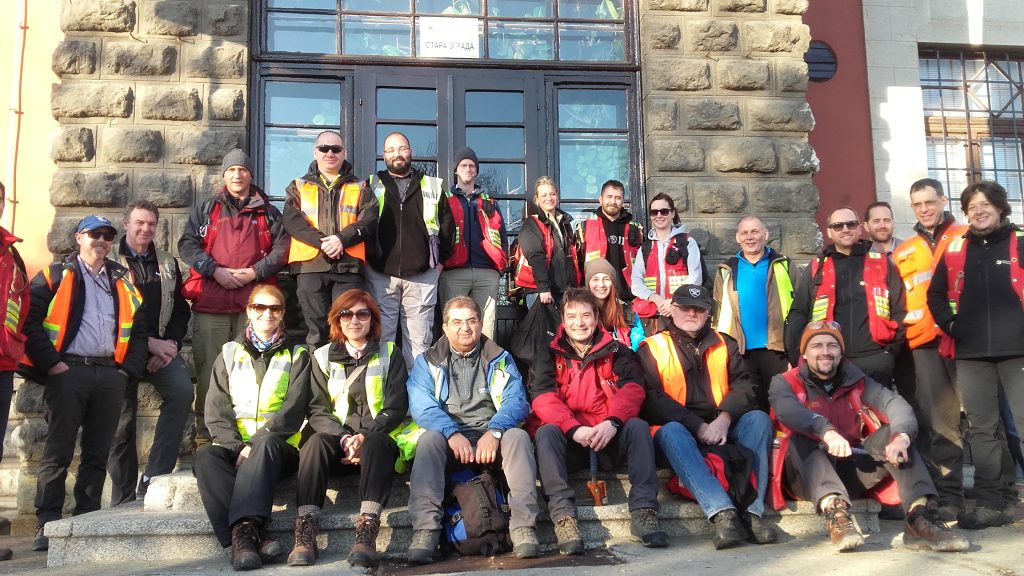
Sponsors and MDRU in Bor, Serbia.
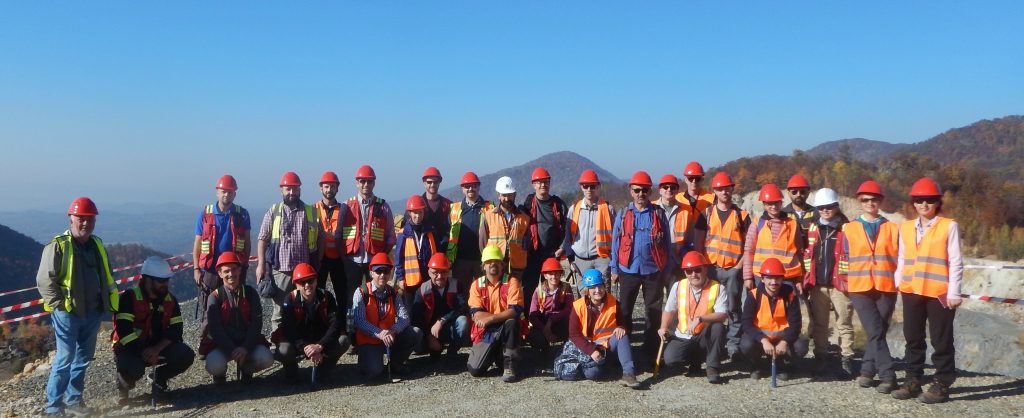
Sponsors and MDRU at the Certej Au deposit, Romania.
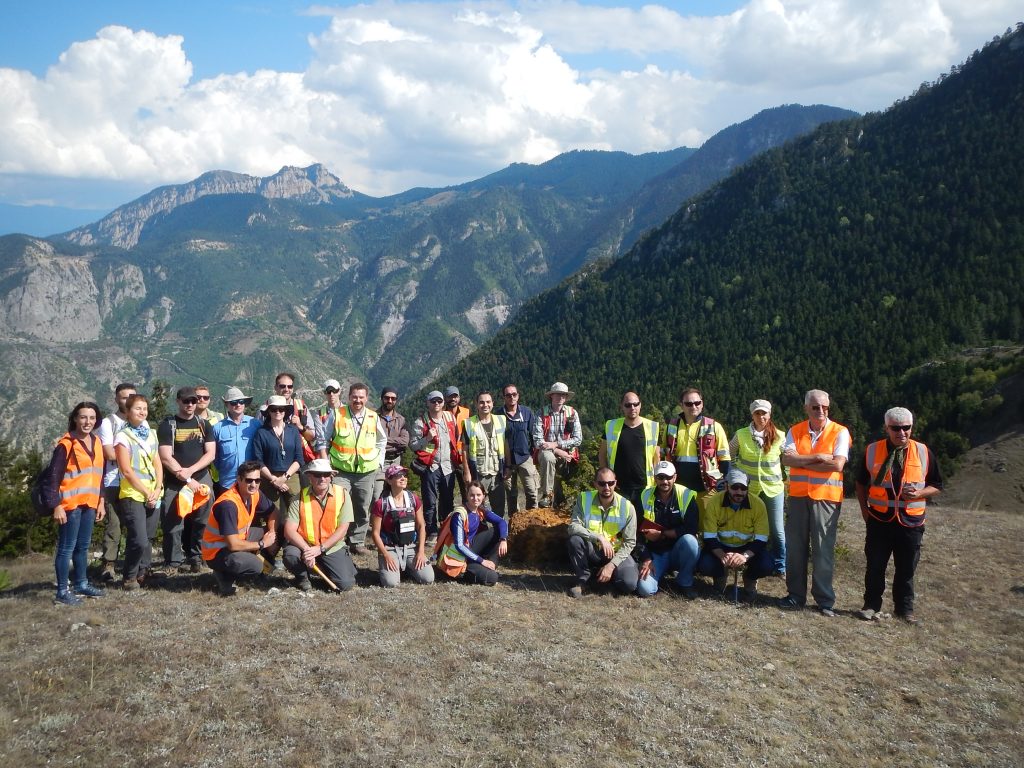
Sponsors and MDRU at the Salinbas Au discovery, Turkey.
For more information on the Western Tethyan Metallogeny Project, Phase 2, email Project Leader, MDRU Research Associate: Alan Wainwright


